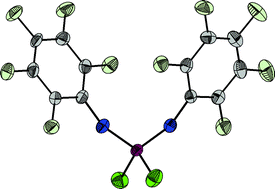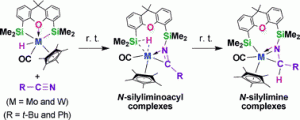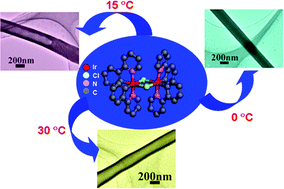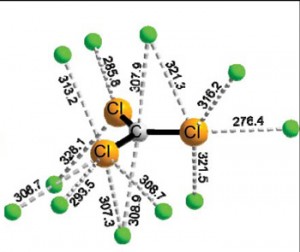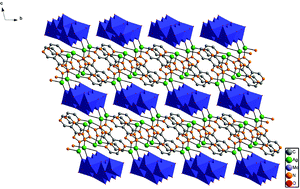In this Dalton Transactions Hot article, calcium silicate microparticles doped with rare earth ions were loaded with ibuprofen and tested for their drug delivery properties.
The microparticles showed strong luminescence, which increased as the ibuprofen was released, allowing the drug delivery to be monitored, a highly useful property in therapeutics.
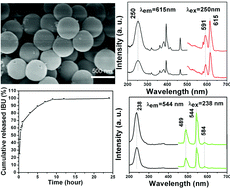 Preparation of luminescent and mesoporous Eu3+/Tb3+ doped calcium silicate microspheres as drug carriers via a template route
Preparation of luminescent and mesoporous Eu3+/Tb3+ doped calcium silicate microspheres as drug carriers via a template route
Xiaojiao Kang, Shanshan Huang, Piaoping Yang, Ping’an Ma, Dongmei Yang and Jun Lin
Dalton Trans., 2011, Advance Article
DOI: 10.1039/C0DT01390K, Paper
READ FOR FREE until 5th February











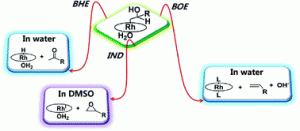
 A Zn2+-specific turn-on fluorescent probe for ratiometric sensing of pyrophosphate in both water and blood serum
A Zn2+-specific turn-on fluorescent probe for ratiometric sensing of pyrophosphate in both water and blood serum